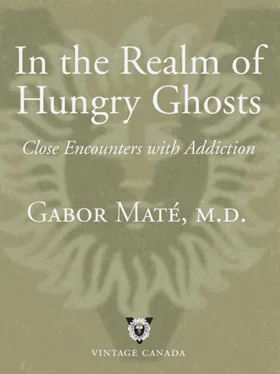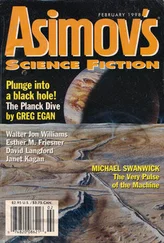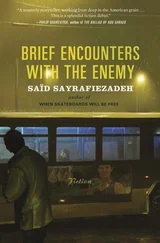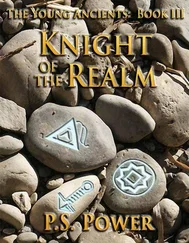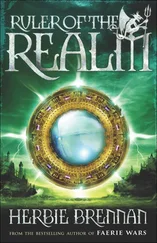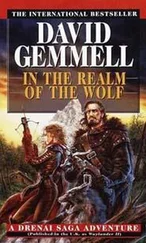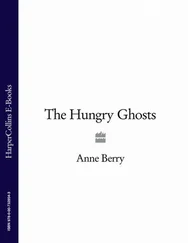Among the necessary initial moves toward sobriety is the directing of compassionate curiosity at oneself. Many teachings, from spiritual writings to psychological works, tell us that we need to look at ourselves this way. “In cultivating loving-kindness, we learn first to be honest, loving and compassionate towards ourselves,” writes the American Buddhist nun Pema Chödrön. “Rather than nurturing self-denigration, we begin to cultivate a clear-seeing kindness.” Chödrön also suggests it’s a good idea to lighten up:
Being able to lighten up is the key to feeling at home with your body, mind and emotions, to feeling worthy of living on this planet…In addition to a sense of humor, a basic support for a joyful mind is curiosity, paying attention…Happiness is not required, but being curious without a heavy judgmental attitude helps. If you are judgmental, you can even be curious about that. 1
Posed in a tone of compassionate curiosity, “Why?” is transformed from rigid accusation to an open-minded, even scientific question. Instead of hurling an accusatory brick at your own head (e.g., “I’m so stupid; when will I ever learn,” etc.), the question “Why did I do this again, knowing full well the negative consequences?” can become the subject of a fruitful inquiry, a gentle investigation. Taking off the starched uniform of the interrogator, who is determined to try, convict, and punish, we adopt toward ourselves the attitude of the empathic friend, who simply wants to know what’s going on with us. The acronym COAL has been proposed for this attitude of compassionate curiosity: curiosity, openness, acceptance and love: “Hmm. I wonder what drove me to do this again?”
The purpose is not to justify or rationalize but to understand. Justification is another form of judgment every bit as debilitating as condemnation. When we justify, we hope to win the judge’s favour or to hoodwink her. Justification connives to absolve the self of responsibility; understanding helps us assume responsibility. When we don’t have to defend ourselves against others or, what’s more, against ourselves, we are open to seeing how things are. I become free to acknowledge the addiction the moment the fact of having behaved along addictive patterns no longer means that I’m a failure as a person, unworthy of respect, shallow and valueless. I can own it and see the many ways it sabotages my real goals in life.
Being cut off from our own natural self-compassion is one of the greatest impairments we can suffer. Along with our ability to feel our own pain go our best hopes for healing, dignity and love. What seems nonadaptive and self-harming in the present was, at some point in our lives, an adaptation to help us endure what we then had to go through. If people are addicted to self-soothing behaviours, it’s only because in their formative years they did not receive the soothing they needed. Such understanding helps delete toxic self-judgment on the past and supports responsibility for the now.
Hence the need for compassionate self-inquiry.

If I examine my addictive behaviours without judgment and ask “Why” in the spirit of compassionate curiosity, what do I find? More to the point, whom do I find? What is the full truth of me? Is it that I’m a respected thirty-year veteran of medical practice, spouse and parent, counsellor, public speaker, activist and author? What about the anxious, insecure man who has often felt empty and incomplete and has looked to the outside to allay some insatiable hunger? As fellow addict and author Stephen Reid said during our conversation in the cafeteria of the William Head penitentiary: “…makes my teeth hurt, the work of pulling back from all those outside things and looking inside myself.” In my case, the unconscious tension literally made my teeth hurt—so forcefully have I ground my teeth at night since childhood that by the end of my fifth decade most of them were whittled stubs with the pulp exposed.
Along with my positive qualities—intellectual confidence, strengths, passions and commitments—there has always lurked near the very core of me a churning, inchoate anxiety. Had I been able to be honest with myself and had I been prepared to accept vulnerability, I would have declared at many stages of my life, as Clarissa did: “I’m scared. I’m so very scared.” My anxiety clothes itself in concerns about body image or financial security, doubts regarding loveability or the ability to love, self-disparagement and existential pessimism about life’s meaning and purpose—or, on the other hand, it manifests itself as grandiosity, the need to be admired, to be seen as special. At bottom it is nameless and formless. I feel sure it was forged in my chest cavity somewhere between my lungs and heart long before I knew the names of things.
Do I have reasons to be anxious? By its very nature, chronic anxiety has nothing to do with “reasons.” First it springs into being and much later, once we develop the ability to think, it recruits thoughts and explanations to serve it. In contrast to healthy anxiety (for which a better word is fear ) felt in the face of danger—like the fear a gazelle might experience in the presence of a hungry lion or that a small child might feel when his parents are not in sight, chronic anxiety is not rooted in the experience of the moment. It precedes thought. We may believe we’re anxious about this or that—body image, the state of the world, relationship issues, the weather—but no matter what story we weave around it, the anxiety just is. Like addiction itself, anxiety will always find a target, but exists independently of its targets. Only when we become aware of it does it wrap itself in identifiable colours. More often we repress it, bury it under ideas, identifications, deeds, beliefs and relationships. We build above it a mound of activities and attributes that we mistake for our true selves. We then expend our energies trying to convince the world that our self-made fiction is reality. As genuine as our strengths and achievements may be, they cannot but feel hollow until we acknowledge the anxiety they cover up.
Incompleteness is the baseline state of the addict. The addict believes—either with full awareness or unconsciously—that he is “not enough.” As he is, he is inadequate to face life’s demands or to present an acceptable face to the world. He is unable to tolerate his own emotions without artificial supports. He must escape the painful experience of the void within through any activity that fills his mind with even temporary purpose, be it work, gambling, shopping, eating or sexual seeking. In my first book, Scattered Minds, I depicted this perennial psychic hunger:
The British psychiatrist R.D. Laing wrote somewhere that there are three things human beings are afraid of: death, other people, and their own minds. Terrified of my mind, I had always dreaded to spend a moment alone with it. There always had to be a book in my pocket as an emergency kit in case I was ever trapped waiting anywhere, even for one minute, be it a bank lineup or supermarket checkout counter. I was forever throwing my mind scraps to feed on, as to a ferocious and malevolent beast that would devour me the moment it was not chewing on something else. 2
At that time I ascribed that state of perpetual dissatisfaction to attention deficit disorder. Although a salient mental feature of ADD, the drive to escape the moment is a common, nearly universal human characteristic. In the addicted brain it is magnified to the point of desperation. It becomes the overriding force in directing choices and behaviour.
“But I don’t feel any desperation,” some may say. “I just love whatever I’m doing so much that I never want to stop.” Workaholics are prone to think that way, and I used to. “Where is all this pain and grief I’m supposed to feel in order to heal,” I once challenged a therapist. “Try as I may, I can’t force myself to feel anything. Feelings either come or they don’t.” I was so busy stimulating and soothing myself with ceaseless activity, working overtime to keep my brain spinning and gorging it with mind candy that I didn’t leave even a small gap for any feeling to seep through.
Читать дальше
